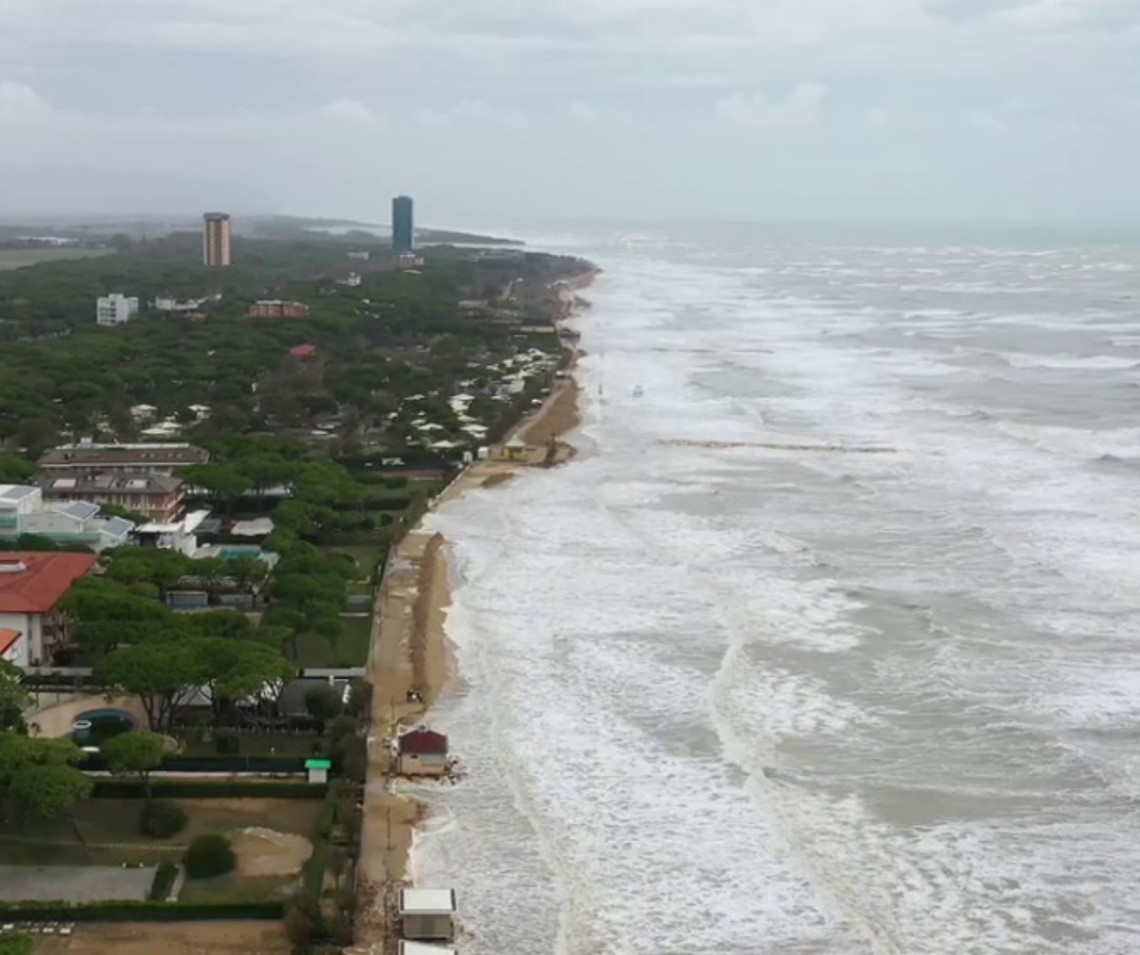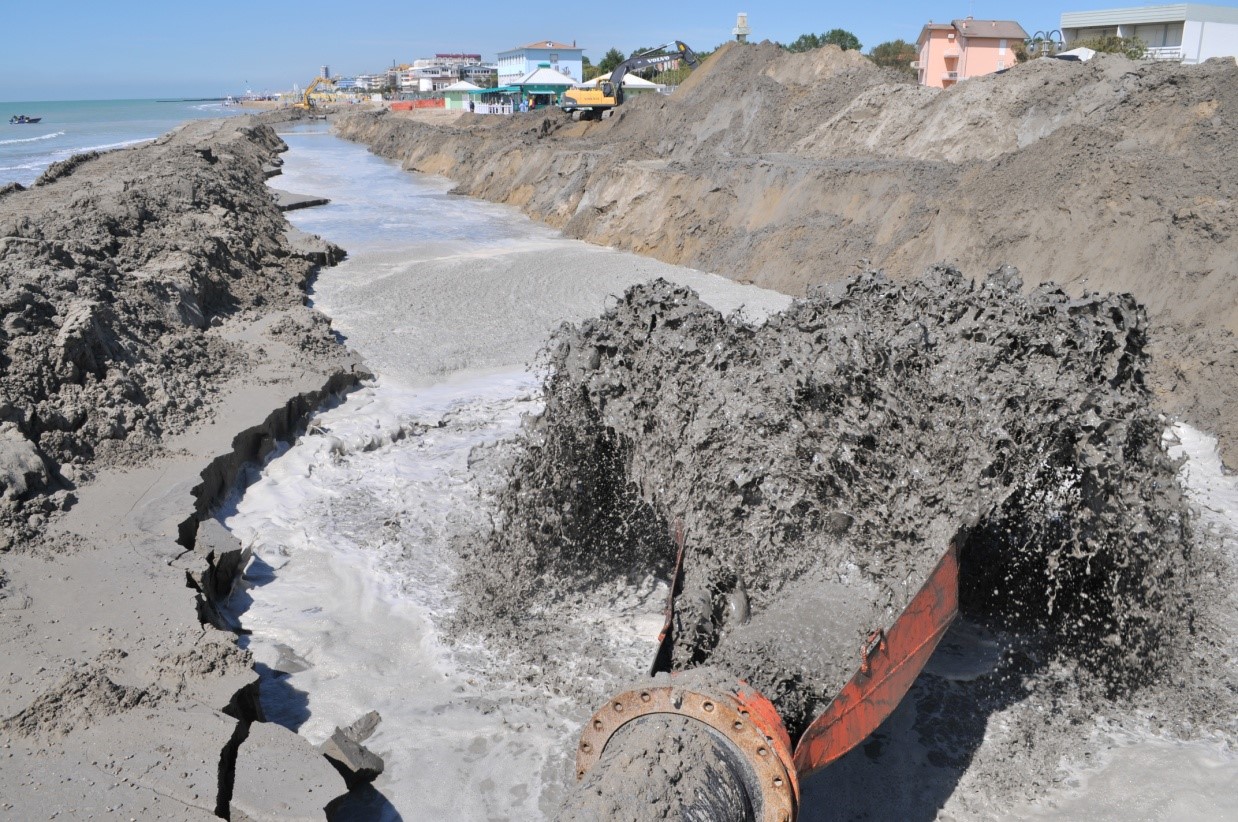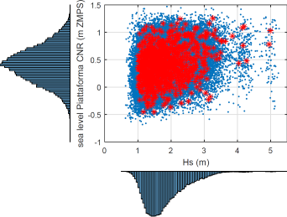Profilo personale: Luca Martinelli
Luca Martinelli
Corsi
DYNAMICS OF MOORED FLOATING BODIES UNDER IRREGULAR WAVES
Luca Martinelli, luca.martinelli@unipd.it
Program:
Wave dynamics (8h): Bernoulli theorem (irrotational form). Airy theory: progressive
and evanescent solutions. Diffraction problem. Outline of finite amplitude wave
dynamics: steep wave and shallow water wave approaches. Wave irregularity.
Mooring system (4h): Catenary. Static and dynamic behaviour of chains. Snapping
conditions. Synthetic and metallic tethers. Umbilical. Dead body anchor.
Floating body dynamics (4h): 2DoF Problem of moored rigid body dynamics under
regular and irregular waves. Time and frequency-based approaches.
Numerical modelling (4h): Application of a solver of the linear diffraction problem to an
example case.
References:
Minutes of the lessons
Examination and grading:
Oral exam (2 questions randomly selected from a list of questions given at the end of
each lesson) or presentation of an exercise (numerical simulation of a simplified
floater)
Other course details:
The course aims at giving the basic knowledge of mooring cable dynamics for the
simulation of the motion of free and moored floating structures especially where the
wave force is of primary importance. A prerequisites is a basic knowledge of fluid
mechanics, rigid body dynamics, Fourier transforms, programming languages.
- Docente: Luca Martinelli
The course aims at describing possible sustainable solutions for port
layouts, with specific reference to floating breakwaters, possibly integrated
to wave energy converters. The tools to predict the motion of free and moored
floating structures, especially where the wave force is of primary importance,
will be discussed. Prerequisites are a knowledge of the basics of fluid
mechanics, rigid body dynamics, Fourier transforms, programming languages.
Topics that will be covered: Motivations and Objectives. Definition of a sea
wave. Sinusoidal waves and Euler's formula. Potential flow. Airy's theory.
Non-linear approaches. Progressive and evanescent waves. Dispersion
relationship. Waves in deep, intermediate, and shallow water. Irregular waves.
Characterization in the time domain. Irregular waves. Characterization in the
frequency domain. Floating breakwaters (types and mooring systems). Performance
(Ruol formula) and typical applications. Integration with wave energy
converters. Diffraction and radiation problems. Hydraulic impedance of a
floating body. Classwork (numerical examples): Wave characterization in the
time and frequency domain (Hrms, Hs, Hmo, Tm, Tp, Tm-1, etc.). Response of a
floating breakwater moored with piles (Response Amplitude Operator).
The exam will consist of the presentation and discussion of the project homework assigned during the
course (and similar to the classwork).
- Docente: Luca Martinelli

L’obiettivo del corso è quello di fornire agli studenti gli strumenti tecnici per la gestione e la sicurezza della zona costiera in relazione sia ai litorali alti e rocciosi (per gestire ad esempio problemi di instabilità delle falesie), sia bassi e sabbiosi (erosione costiera, allagamento, tsunami), considerando anche le interazioni con i sistemi fluviali e i fenomeni di inquinamento ambientale.
A tal fine il corso fornirà le conoscenze di base (statistiche, idrauliche e marittime), descriverà i processi naturali e le pressioni sul territorio di natura antropica, illustrerà i metodi di analisi di affidabilità e proporrà alcuni casi studio. Il corso includerà anche alcune esercitazioni per la stima della statistica degli estremi delle forzanti meteomarine e per la redazione di mappe di allagamento tramite l’utilizzo di sistemi GIS.
- Docente: Chiara Favaretto
- Docente: Luca Martinelli




